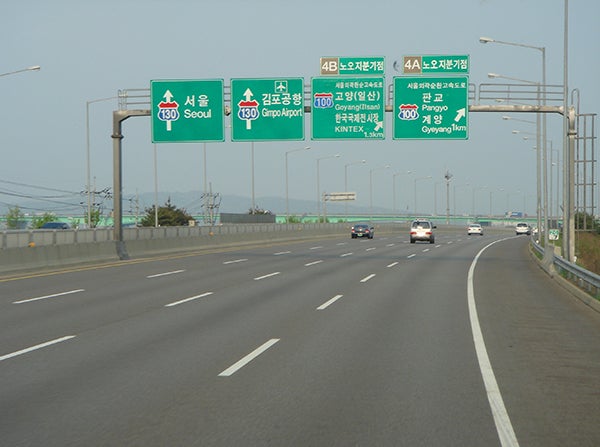Kang-Soo Kim is Executive Director, Public and Private Infrastructure Investment Management Center (PIMAC), at the Korea Development Institute (KDI), the Republic of Korea’s leading think tank on national economic development. In this blog entry, he explains how national Public-Private Partnership (PPP) units can influence regional economic performance.

What advice would you give governments creating a PPP unit?
First, for a government considering this, the vision for PPP needs to be established and shared with others. Second, clearly distinguished roles and functions must be institutionalized. Third, expertise needs to be developed in fields like law, finance, accounting, economics, development, and engineering. Fourth, active benchmarking of developed PPP economies and cooperation with other PPP units should be encouraged and promoted
Overall, it’s critical to remember that a PPP unit’s expertise and capacity is not built overnight. So my final piece of advice is that while experience is built, remaining patient is just as important as maintaining a clear vision of PPP.
What makes PIMAC effective?
The legal and institutional system that guarantees independence and objectivity to the evaluation body is the most important element here. A PPP unit should not be in any way influenced by other players in a PPP project — whether the budget authority, the competent authority, or the private concessionaire. The government is vulnerable to political influence although the private sector is the project stakeholder. Independent and objective assessment by the PPP unit is therefore all the more crucial. It is important that the government lends its support, and that all decision-making reflects evaluations made by the PPP unit.
For the PPP unit to maintain independence and objectivity, the roles and functions of each key player should be clearly defined in the legal and institutional system, and they should be respected and acknowledged. In addition, the government needs to allow the PPP unit to expand its expertise and to build capacity.
How does PIMAC work with other infrastructure investment institutions in the Asia-Pacific region?
Many countries at the PPP development stage have requested consulting and advice from PIMAC. Since 2008, capacity building programs have been held for government officials from Azerbaijan, Bangladesh, Kazakhstan, Mongolia, and Thailand, among others. The Asia Public-Private Partnership Practitioners’ Network (APN), co-hosted with the World Bank and the Asian Development Bank, has held an annual training program for PPP practitioners throughout Asia. The PIMAC Knowledge Sharing Program (KSP) channels PIMAC’s expertise and know-how to developing countries. Algeria, Cambodia, Indonesia, and Mongolia have been in direct contact with PIMAC for KSP during the past five years.
What can other governments learn from PIMAC?
One of the most common remarks after knowledge-sharing with PIMAC takes place is that our input has allowed the PPP unit that sought our advice to strengthen its relationship with the finance ministry. After consultation with PIMAC, the finance or the budget ministry becomes more aware of the importance of coordination with the PPP unit in facilitating project implementation and preparation of PPP documents. Our advice has also led to the development of PPP laws and guidelines.
It has been very fulfilling to hear about PIMAC’s impact in the region. Following Mongolia’s exposure to our Knowledge Sharing Program, for example, that country drafted its PPP Handbook. And after the Vietnamese government requested a visit from the PIMAC delegation, officials there drafted Vietnam’s PPP Law.
How does the PIMAC monitoring and evaluation approach contribute to the PPP learning cycle?
Evaluation processes at each stage of PPP implementation, such as assessment of project proposal, and review of draft concession agreement, are all useful, and PIMAC’s input makes project implementation more efficient. Management of projects at the operational stage is also an important place for the monitoring process. Through the ex-post evaluation and monitoring, government officials are more likely to be alert of any contingent fiscal risk or burden. This makes it easier to look for measures to mitigate such risks. PIMAC also adds value with refinancing gain sharing and dispute resolution.
What are your predictions for Korean PPPs?
There is a possibility that the PPP market in Korea will expand further, but with a relative decrease in infrastructure investment by conventional procurement methods or SOE investment, due to a focus on fiscal soundness. However, the issue on the appropriate stock and investment amount of traditional physical infrastructure, such as road, railroad, airport, and port, is expected to continue, making future prospects on the PPP market in this area rather gloomy.
On the other hand, government budget restructuring, emphasis on fiscal soundness, and introduction of private sector efficiency have improved PPP market prospects for social welfare, defense, and environmental facilities. We expect that projects with a lower rate of return with lower risk will increase in number, and overseas PPP market development will expand further.
Editor's note: this article originally appeared in the World Bank Group's Handshake journal.

Join the Conversation